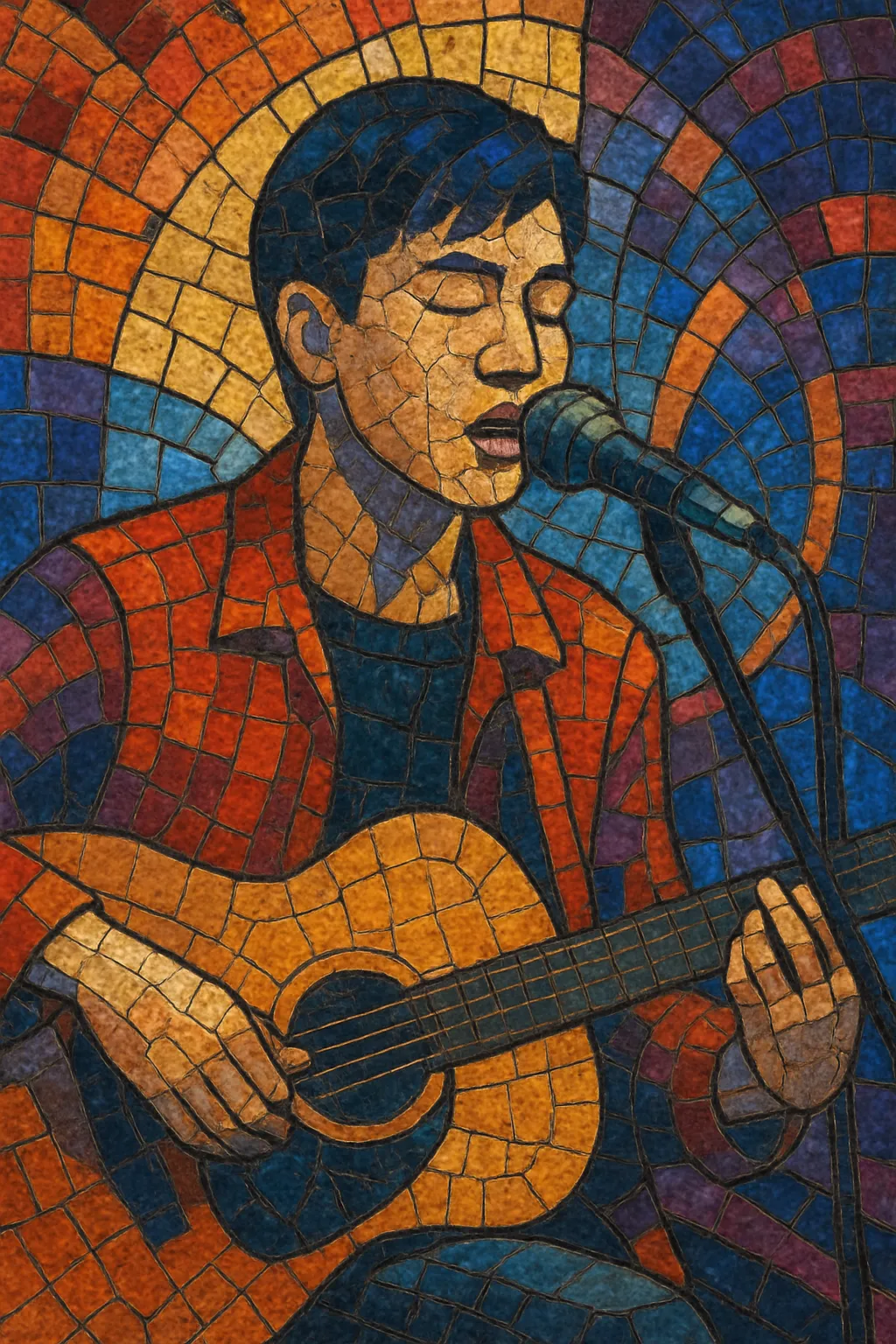Cantopop (Cantonese pop) is a Hong Kong–born branch of Chinese-language popular music sung primarily in Cantonese.
It blends Western pop songwriting and production with local lyrical sensibilities, drawing early inspiration from shidaiqu, film/TV themes, disco, soft rock, synth-pop, and later R&B and hip hop.
Stylistically, it favors hook-forward melodies, polished arrangements, emotive ballads, and mid‑ to uptempo dance tracks. Lyrics often center on romance, urban life, and identity, typically crafted with careful attention to the tones and rhythms of spoken Cantonese.
The genre enjoyed a regional golden age in the 1980s–1990s and continues to evolve through contemporary pop, indie, and crossover influences.
Cantopop crystallized in 1970s Hong Kong as artists began singing contemporary pop in Cantonese rather than Mandarin or English. Pioneers like Sam Hui popularized colloquial Cantonese lyrics aligned to Western-style pop and folk-rock melodies, while television and cinema (TVB theme songs, film soundtracks) provided powerful platforms for mass exposure. This era absorbed influences from shidaiqu, disco, and soft rock, establishing the genre’s melodic and lyrical identity.
The 1980s and early 1990s saw explosive growth and regional dominance. Stars such as Anita Mui, Leslie Cheung, Alan Tam, and later the “Four Heavenly Kings” helped standardize high-gloss production, stadium-scale performance, and cross-media celebrity. Arrangements embraced synth-pop and new wave, while ballads became signature vehicles for vocal expression. Hong Kong’s entertainment ecosystem—record labels, TV variety shows, and award ceremonies—amplified the scene across Greater China and Southeast Asia.
Cantopop’s success influenced the broader C-pop market and spurred many artists to record in both Cantonese and Mandarin, feeding the rise of Mandopop in Taiwan and Mainland China. From the late 1990s into the 2000s, piracy, industry consolidation, and the ascent of Mandopop and later K-pop reshaped market dynamics, softening Cantopop’s regional dominance.
Digital platforms and indie circuits nurtured a new generation of writers and producers who hybridize Cantopop with R&B, hip hop, and electronic pop. Legacy ballads remain central, but fresher aesthetics—sleeker beats, tighter toplines, and updated sound design—have reenergized the genre. Cross-border collaborations and a global Cantonese diaspora continue to carry Cantopop’s influence forward.


